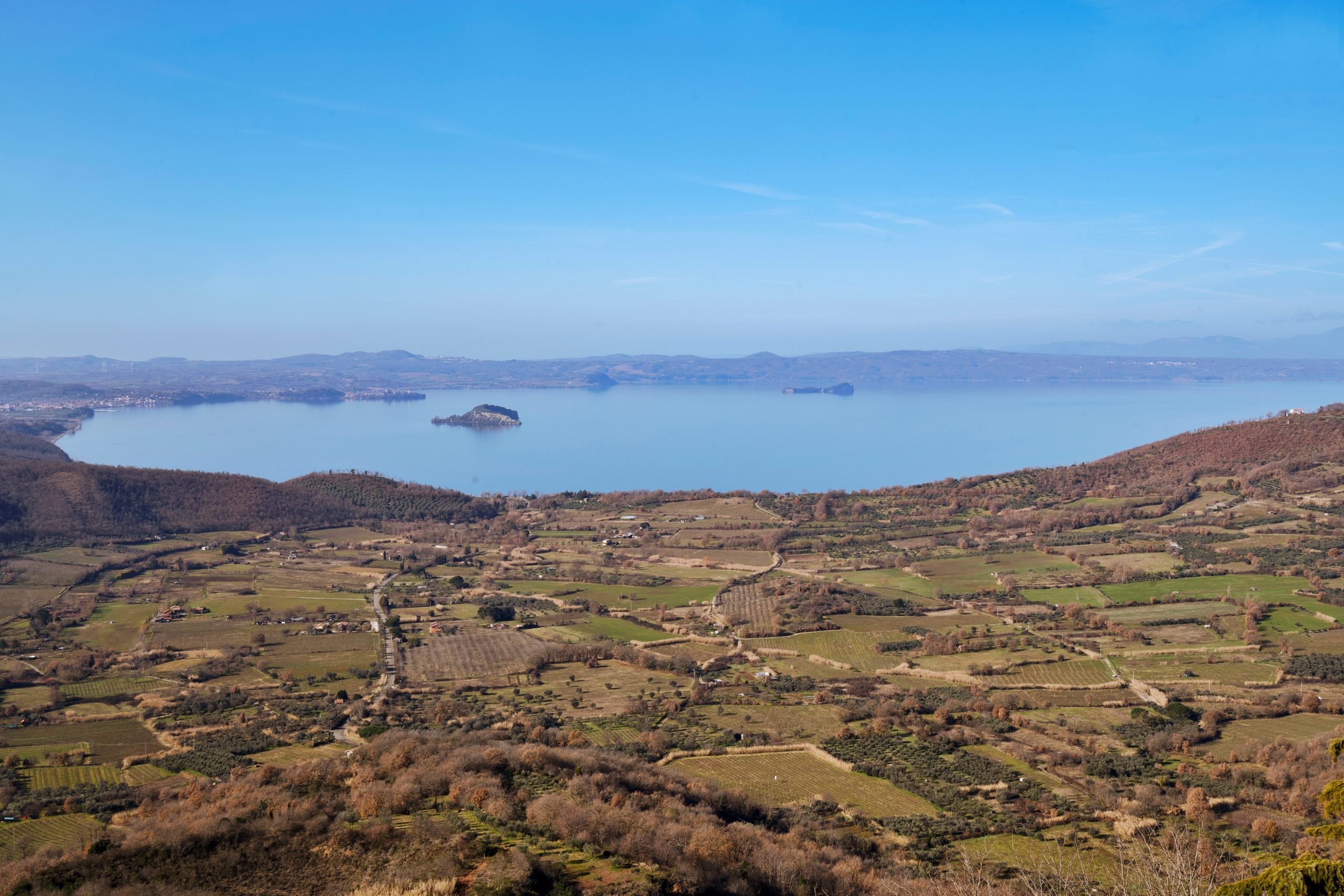
A 3,000-year-old statuette molded in the image of a goddess has surfaced at Italy’s underwater Gran Carro Archaeological Park, about 50 miles north of Rome, according to the Superintendency of Archaeology, Fine Arts, and Landscape, which is part of Italy’s Ministry of Cultural Heritage.
This six-inch relic turned up while divers were paving an underwater pathway through the Iron Age ruins beneath the east end of Lake Bolsena (whose waters once inspired a suite of Cy Twombly paintings). The pathway in progress will host visitors to the site and is part of Gran Carro’s National Recovery and Resilience Plan.
The figurine. Photo: Soprintendenza Archeologia Belle Arti Paesaggio Etruria Meridionale
Lake Bolsena formed around 200,000 to 600,000 years ago as a result of eruptions from the Vulsini volcanic complex. Although the caldera is now considered dormant, it was active through 104 B.C.E. Meanwhile, the submerged settlement of Aiola was likely built during the 9th or 10th century B.C.E. Seismic activity from the Vulsini is believed to have plunged Aiola beneath Lake Bolsena somewhere along the line.
Researchers have been finding Iron Age pottery and jewelry in the area since the 1960s, but Aiola didn’t start receiving proper attention until 1991, after divers spotted an enigmatic arrangement of stones containing wooden Iron Age poles and pottery. Further investigation in 2020 revealed that the monument covers an earthen mound, potentially confirming its Iron Age origins. While the site is still widely understudied, examining its pottery has helped researchers learn about Iron Age farming.
Experts are starting to believe that Aiola was a shrine built by the Villanovan people around one of the area’s hot springs. The revelation that a hot spring in Tuscany served as a temple for both powerful Romans and the mysterious Etruscan people they eventually conquered substantiates this theory. Furthermore, coins found at Aiola dating to the rule of the Roman emperor Constantine the Great (272 to 337 C.E.) suggest that the site may have been used through late Roman times, reports Live Science.
Thus, last month, divers from Italy’s Underwater Archaeology Service notified higher-ups upon finding a figurine, which was then recovered and conserved by experts from the company CSR Cultural Heritage Restoration. Government divers from a few more agencies also offered their services.
Divers holding the figurine. Photo: Soprintendenza Archeologia Belle Arti Paesaggio Etruria Meridionale.
At first glance, the ancient doll’s extremely weathered, abstract form resembles the face of a giraffe. But, upon closer inspection, her shape proves decidedly feminine. She even features fresh fingerprints from her creator and a vague imprint of fabric that appears below her chest, suggesting that this doll was once dressed.
Pairing analysis of other figurines found at contemporaneous graves with the fact that this particular specimen appeared at a residential site, experts have surmised that this little goddess probably served as a votive altar fixture, to which its owner would have prayed during domestic rituals.
Before reaching any further conclusions, though, their dive into Aiola must press forth. There are most likely more formations like Aiola hidden throughout the depths of Lake Bolsena.